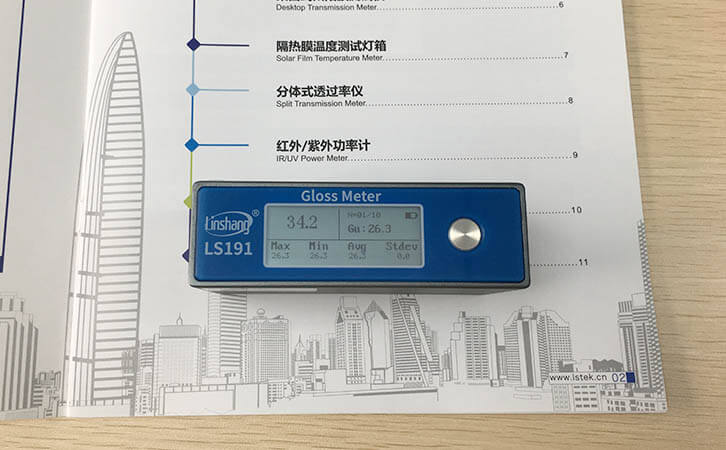Effect of Process Operation on Gloss of Printed Matter
1. Ink emulsification
The ink emulsification in offset printing is mostly caused by the large amount of water and ink in the operation. The imprint looks like a thick ink layer, but the ink molecules become an oil-in-water state. After drying, the gloss is extremely poor. Large ink is the most taboo method in offset printing. To change this situation, in addition to the quality and technical education of the operator, it is recommended to use "Lide Wetting Powder", because this agent has good wetting properties, even if the moisture absorption of the page is small, it is not easy to apply. It is not only convenient for operation, but also makes the finished product glossy.
2. Improper use of auxiliary agents in ink
Adding appropriate auxiliary agents to the ink can adjust the printing suitability of the ink for smooth printing. However, most of the adjuvants have an adverse effect on the gloss of the finished product. For example: anti-sticking agent, the main raw material is gluten flour. The surface of the imprinted film layer becomes rough due to the precipitation of corn flour and the gloss of the finished product is poor. For another example, the addition of a thinner tone oil No. 6 not only increases the fluidity, but also increases the permeability of the print on the paper, which is not good for the gloss of the print. Therefore, the amount of the general auxiliary agent added to the ink should not exceed 5%. If the gloss effect is considered, it should be put less or not.
3. The use of dry oil
For advanced bright fast-drying inks, under normal temperature and humidity conditions, it has sufficient drying capacity. Where dry oil should be added: First, in the case of low temperature and humidity in winter; second, anti-sticking agents, de-tackifiers and thinner inks must be added to the ink.
In the process operation, the correct use of dry oil is very favorable for the gloss of the finished product. This is because it takes a certain amount of time for the paper to absorb the binder. In this process, the binder is agglomerated as soon as possible until the conjunctiva is dry, which is the key to good gloss of the finished product.
4. Poor machine adjustment
Whether the thickness of the imprinted ink layer reaches the standard also has an influence on the gloss. For example, the pressure adjustment is poor, the dot increase rate is high, the thickness of the ink layer does not reach the standard. The gloss of the finished product is slightly worse. Therefore, it is necessary to adjust the pressure so that the increase rate of the dots is controlled at about 15%. The printed product has a thick ink layer, the layers are stretched and the gloss is also increased.
5. Gloss detection
For printing industry gloss meter, we generally recommend Linshang LS191 gloss meter. The instrument has a universal 60-degree angle and is suitable for most types of paper. (Gloss is lower than 10 GU or higher than 80 GU, it is necessary to use a special gloss meter.) The performance parameters of this instrument conform to national standards. The measurement accuracy is high, which can ensure that it can be tested by authoritative measurement agencies. Linshang LS191 gloss meter is not only a special gloss meter for the printing and packaging industry. This instrument can also be used to test the surface gloss of stone, ceramics and baking paint.
